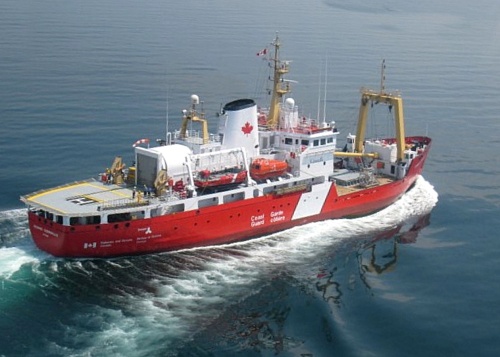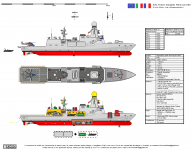- Reaction score
- 8,519
- Points
- 1,210
Czech_pivo said:Running out of work for VSY? What about the replacing of the Kingston’s, they are already 24yrs old and by 2026 when the last JSS is done they will be 30yrs old. Increase the size of the Kingston’s to 1,600 tons at 12-14 and there’s a lot of work there.
If that were the case the project would have been opened years ago. There is literally no appetite for MCDV replacement right now. The focus is on JSS, CSC and AOPS. The plate is quite full. Perhaps once AOPS has run its course, but I suspect (hope) then money will go towards submarines. Kingston class has another 15 years easy on those hulls. They haven't even had a midlife refit, they don't need one.
suffolkowner said:I don't see how Seaspan can be running out of work. Were they not given an additional 15 multi purpose ships to build?
Wasn't there news a while ago that those ships were removed from the list of builds in order to move them to a third shipbuilder (aka Davie)?




